Top 10 Most Dangerous Things We Do Every Day
It is risky to try to live. It appears as though the world is trying to get us from the time we enter it. Pathogens and germs come at us from various ... read more...directions. To prolong our mortal lives as long as we can, we are advised to exercise, eat healthily, and stay away from life-killers like stress and bad meals. But despite this, we frequently put ourselves in risk while being completely unaware of it. When we are aware of danger, we typically take extra precautions to protect ourselves. This response makes sense. But much too frequently, we are in grave danger while being completely unaware of it. We frequently come across activities that are among the most harmful in existence. We are unaware of the danger we subject ourselves to because such actions are routine. Here are the 10 riskiest things that most people perform on a daily basis. Almost all of them can be reduced with a little more awareness and focus.
-
The most risky situation that most people encounter every day is driving or riding in a car, whether they are intoxicated or sober, preoccupied or paying attention. Driving poses a variety of risks in addition to the risks of the road, which are compounded by other drivers who are less focused on the work at hand than oneself. Between the ages of 1 and 34, driving accidents are the leading cause of death in the United States. The Institute for Transportation Engineers estimates that automobile-related accidents claim the lives of 120 persons each day in the United States. Usually, such mishaps can be prevented. If the same number of people died in aviation-related incidents, there would be loud and widespread public indignation. However, most Americans ignore the bloodshed.
There is no doubt that enforcing speed limits, other traffic regulations, laws banning distracted driving, and improving driver education will lower the fatality rate. The majority of Americans (64%) believe they are better drivers than most of their peers despite this carnage. Such assurance appears to be misguided. Next time you're driving, observe the other drivers to determine if you concur. But resist allowing yourself to become sidetracked. You are probably in the greatest danger for the remainder of the day, even if you are the most attentive driver on the road. Good fortune.
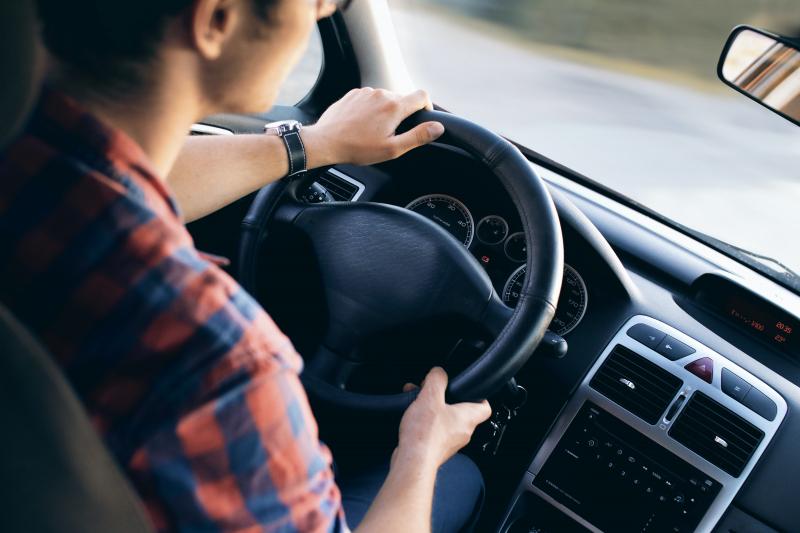
Image by JESHOOTS.com via pexels.com 
Image by Taras Makarenko via pexels.com -
There aren't many people (though there still are some) who would argue that driving while intoxicated is a particularly risky prospect. Nevertheless, driving while intoxicated is still a concern since some people think "it couldn't happen to me." Nevertheless, eating while driving is also risky, as is operating a vehicle while consuming anything that isn't intoxicating. Regardless of the meal to be enjoyed, drivers can return to the road with the intention of turning their car into a diner on wheels thanks to the widespread presence of drive-through windows. It poses risks that most drivers are unaware of, just like other forms of distracted driving.
That is, until the driver's lap gets scalded by hot coffee, generating pain and a reaction that causes the motorist to turn away from the road and focus on a more urgent emergency. Bacon-mushroom double-cheeseburger spills prompt the driver to put clothing protection before maintaining control of the vehicle. No matter how fast the car is moving down the road, cold beverages suddenly pop out of the cupholder and splash all over the place, necessitating an emergency cleanup. Although eating and drinking while driving is risky, it happens almost every day, much like the majority of the other risks mentioned here. And as is the case with the majority of the risks here, it's usually the other person who does it.
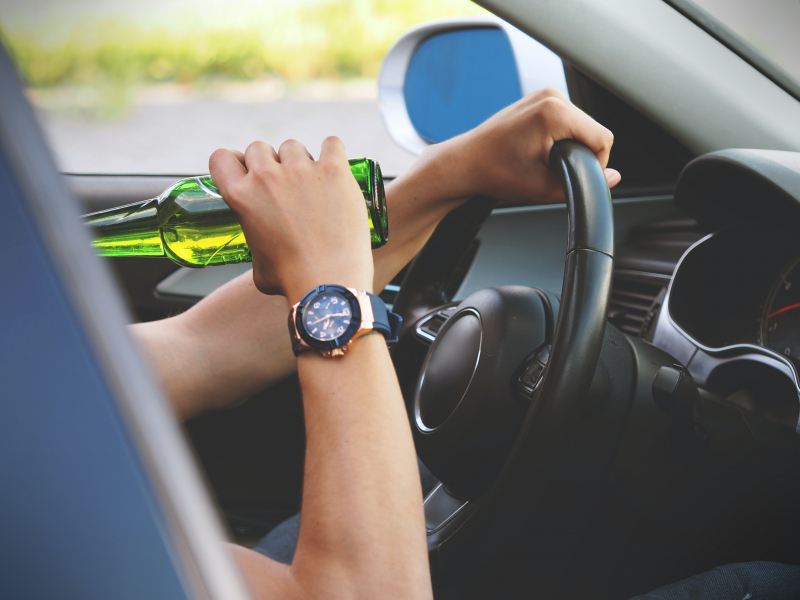
Image by energepic.com via pexels.com 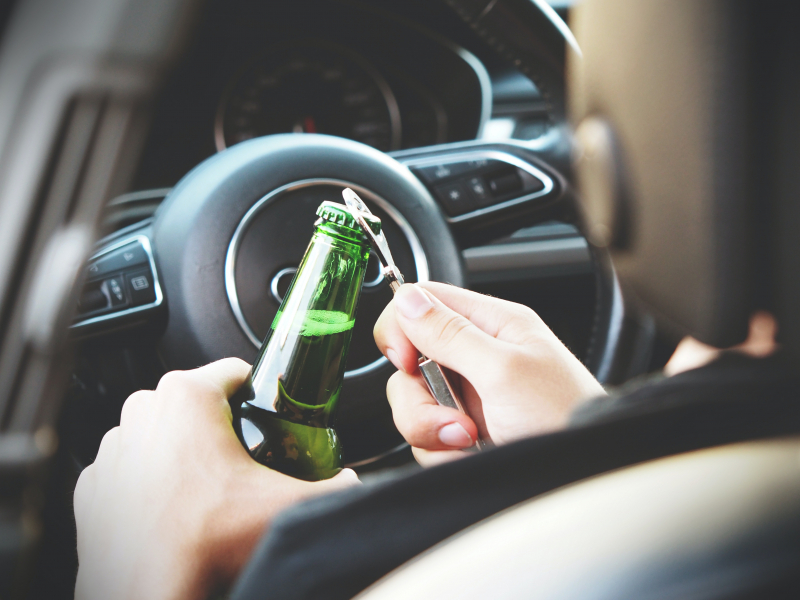
Image by energepic.com via pexels.com -
It might be challenging to distinguish between constructive argument and healthy debate. Debate can help with problem-solving by pointing out various answers and examining their uses. Regularly fighting just makes differences worse, raising tensions, worry, and stress. It can also worsen a terrible situation by the use of badly chosen words and phrases, resulting in deteriorating relationships, increased animosity, and insecurity. Any argument leads to a rise in stress, anxiety, and annoyance. But when it happens between partners, spouses, or couples, it is more risky. Leaky gut syndrome inflammations, which are linked to arguments between spouses, can result in a variety of long-term dangers.
They include a higher risk of developing hypertension, diabetes, heart disease, arthritis, and other serious illnesses. Additionally, it can cause depression, self-esteem issues, excessive drinking and other drug usage, as well as digestive issues including ulcers. While fights between spouses are almost always going to happen, letting them to spiral out of control can be harmful to your short- and long-term health.
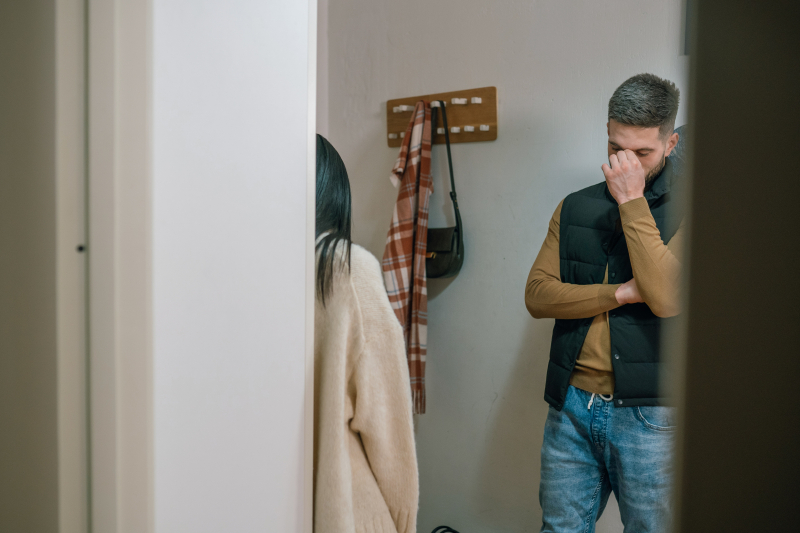
Image by Alena Darmel via pexels.com 
Image by Diva Plavalaguna via pexels.com -
It's generally accepted that spending too much time each day in front of a screen can lead to a variety of difficulties, ranging from mild aches and pains to significant eye problems. While prolonged screen staring can cause more serious problems, it is unlikely that it would result in fatal dry eyes, red eyes, or weeping. Additional symptoms include stiff necks, hand and arm cramps, aching backs, and other posture-related problems. Excessive screen time, which the majority of specialists classify as four hours or more per day, is also linked to more significant problems.
Serious cardiovascular incidents like heart attacks and strokes are among them. These risks have numerous root causes. One is that spending too much time in front of a screen diminishes the amount of time spent exercising healthfully and promotes sedentary activity. The same sedentary activity makes stress worse, whether it comes from reactions to games and other screen-based amusement or events at work. A decrease in the quality of sleep is a risk that is offered by excessive screen time. Poor sleep has long been associated with major health issues like obesity, diabetes, and hypertension, according to medical authorities.
Image by Ann poan via pexels.com 
Image by Karolina Grabowska via pexels.com -
While texting while driving is a significant contributor to distracted driving, it is by no means the only one, and all of them are extremely risky. For instance, every driver has occasionally witnessed a fellow driver engaged in the intricate details of a powerful air-drum solo, hands expertly thrashing the air inside the car to the thrills of an invisible audience. Looking behind the driver's seat for something that was momentarily misplaced in the rear seat was one of the other distractions. Unattended pets in cars frequently divert other drivers. Americans are quick to blame others for such behavior but take longer to acknowledge it in themselves.
Another common sight on the roads is people applying or adjusting cosmetics in their rearview mirrors. It's normal for drivers to become distracted by other cars who are reading, programming a GPS, watching videos on tablets or phones, ordering takeout, or searching for another radio station or music source (maybe in preparation for another drum solo?). Another common posture, especially in the warmer months, is to ride in the front passenger seat with one's feet on the dashboard. Here is what might occur if the airbag deflates for any reason.
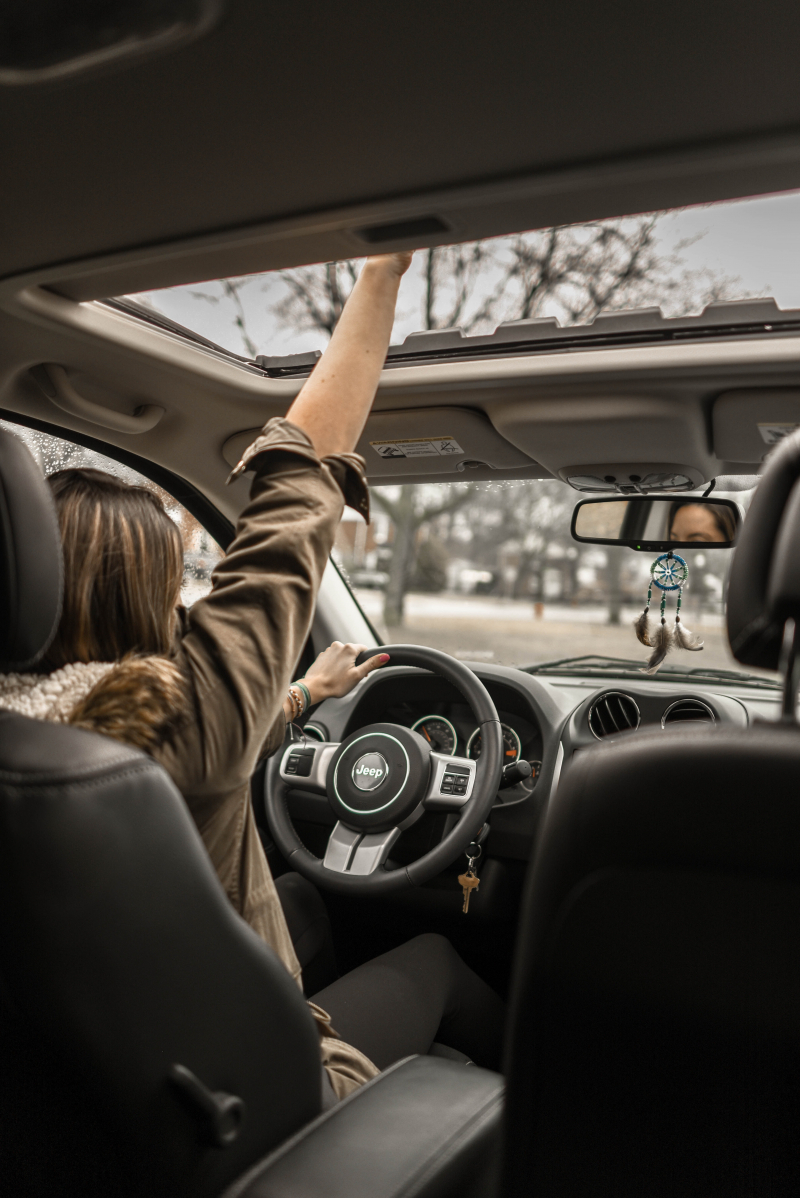
Image by Element5 Digital via pexels.com 
Image by Dids via pexels.com -
Everyone has heard that texting and driving is risky for both the drivers with whom we share the road and the pedestrians who cross in front of us. Because it is so deadly, it is prohibited in 48 states, the District of Columbia, Guam, the US Virgin Islands, and Puerto Rico, which are all American territories. However, we have all witnessed drivers who are focused on their phone rather than the road in front of them as they continue to drive. The most common distraction while driving is texting, but there are many others as well (see below).
Even while taking a leisurely stroll through the woods or on suburban streets, texting while walking is risky. Particularly hazardous situations include crossing streets. According to a research by The Ohio State University, the frequency of trips to emergency rooms as a result of injuries sustained when texting while walking increased between 2005 and 2010. Inattention to one's surroundings can lead to dangers including stepping into traffic, opening doors, walking into mailboxes or lampposts, or even just colliding with other pedestrians. While many Americans view such mishaps as just embarrassing, statistics suggest that major injuries are happening more frequently.

Image by Hassan OUAJBIR via pexels.com 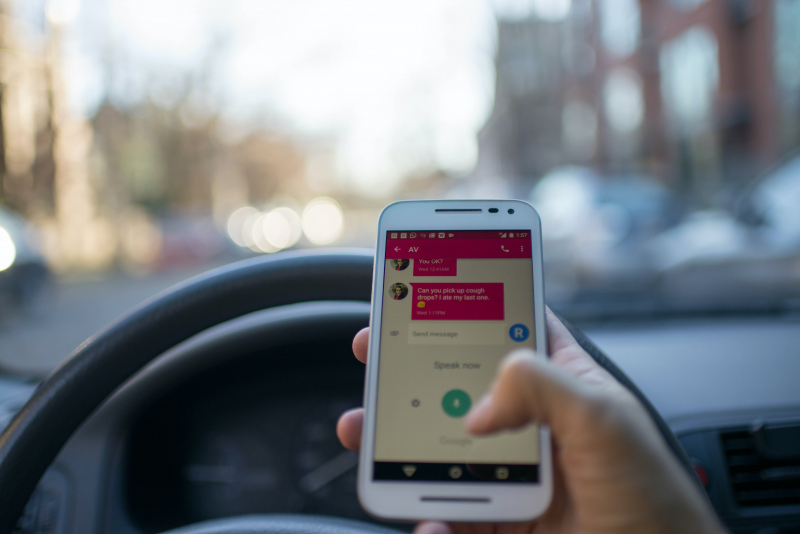
Image by Roman Pohorecki via pexels.com -
Talking can be risky in today's polarized culture, when almost everything is contested along socio-political lines. Conflict, argument, and worse can readily result from words that people who differ overhear. Of course, everyone is free to express their opinions, but while doing so in public, a little tact should be used. However, talking excessively in social situations, at business, or even at home, puts one at risk for more than just political and social issues.
Talking excessively can cause dry vocal chords, which experts say can cause more hazardous diseases like inflammation, polyps, and even precancerous disorders. Instead of trying to dominate the conversation, they advise listening and keeping one's vocal cords muted. When making long speeches, water is favored over alcohol and caffeinated beverages because they make you feel even drier. Oh, and it's quite risky to talk on a cell phone while it's charging. Burns to the hands and face, as well as other possible injuries, could readily result from an explosion caused by a defective charger or battery.
Image by Pavel Danilyuk via pexels.com 
Image by Antoni Shkraba via pexels.com -
When possible, some people prefer to use the steps over an elevator or an escalator. They believe it is good for the heart, and for the most part, they are right. However, there are many reasons why accidents frequently occur on stairs. Naturally, one is slick surfaces, which impair grip and frequently result in a serious fall. Snagged heels, another cause of falls that result in leg, back, head, and other injuries, are a risk on carpeted staircases with worn-out surfaces. Dim lighting and objects left on the stairs by others increase the risks.
Using the handrail can easily reduce the risk of tripping, slipping, or otherwise losing one's balance and suffering a crippling fall on a staircase. Naturally, this assumes that the railing is well maintained. With over a million injuries each year, stairway accidents are the second most common unintentional mortality cause in the US. About 12,000 of those injuries result in death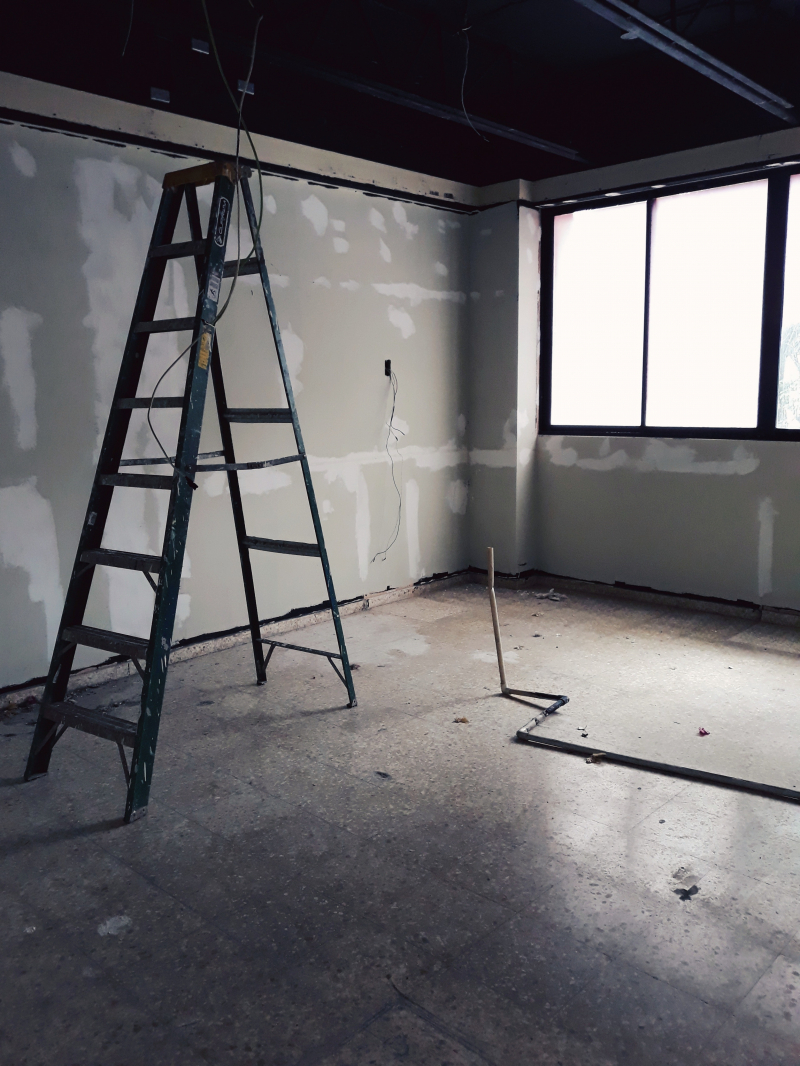
Image by Rafael De Lancer via pexels.com 
Image by Samantha Garrote via pexels.com -
Even after making it through one's morning rituals and heading to the kitchen for breakfast, one is still in danger. More than 65% of house fires start in the kitchen. Every year, kitchen knives injure more than 300,000 Americans. Every day, accidents in the kitchen are caused by cluttered counters, pointless throw rugs, and pets running around. However, failure to pay attention when working in the kitchen is the main cause of accidents. Unattended food can catch fire, knives can fall, and plans for the day can be disrupted by interruptions from partners, kids, the radio, television, and the phone.
Of course, a lot of kitchen injuries are related to using tools improperly. For example, using a sharp knife to cut the seam on a particularly difficult jar lid or burying sharp knives in soap suds where they wait to be accidentally thrown into the sink by an unwary hand. But distraction and clutter are the main reasons for kitchen accidents. It is foolish to turn on a stove burner and walk away from a work in another room while butter is melting in a skillet. Statistics clearly demonstrate that it is also risky.
Image by Antony Trivet via pexels.com 
Image by Mehmet Turgut Kirkgoz via pexels.com -
The majority of people are aware of the risks that electrical equipment in bathrooms poses. These risks are significantly reduced by safety features that guard against electrocution when using hair dryers, fans, and other electrical appliances. However, one of the most dangerous spaces in a house is still the bathroom. The biggest risk comes from falls and slips. Slippery wet floors, loose bath mats, and throw rugs all increase the risk of serious injuries from falls. Toxic mold can enter the bathroom from hidden crevices and become a source of contamination.
The most common cause of injury in the bathroom is simply stepping into and out of a bathtub, whether it has been used for a bath or a shower. Cuts from razors or scissors, curling iron burns, and head injuries from coming into touch with open cabinet doors or other sharp edges are some more injury-causing factors. We frequently enter the bathroom when we are at our most groggy for the day, which can result in broken toes and stubbed toes as we fumble around in the dim light. In the bathroom, falls happen in homes about 80% of the time. They are potentially serious because there is a chance of hitting one's skull against an immovable object.
Image by Yaroslav Shuraev via pexels.com 
Image by Karolina Grabowska via pexels.com































